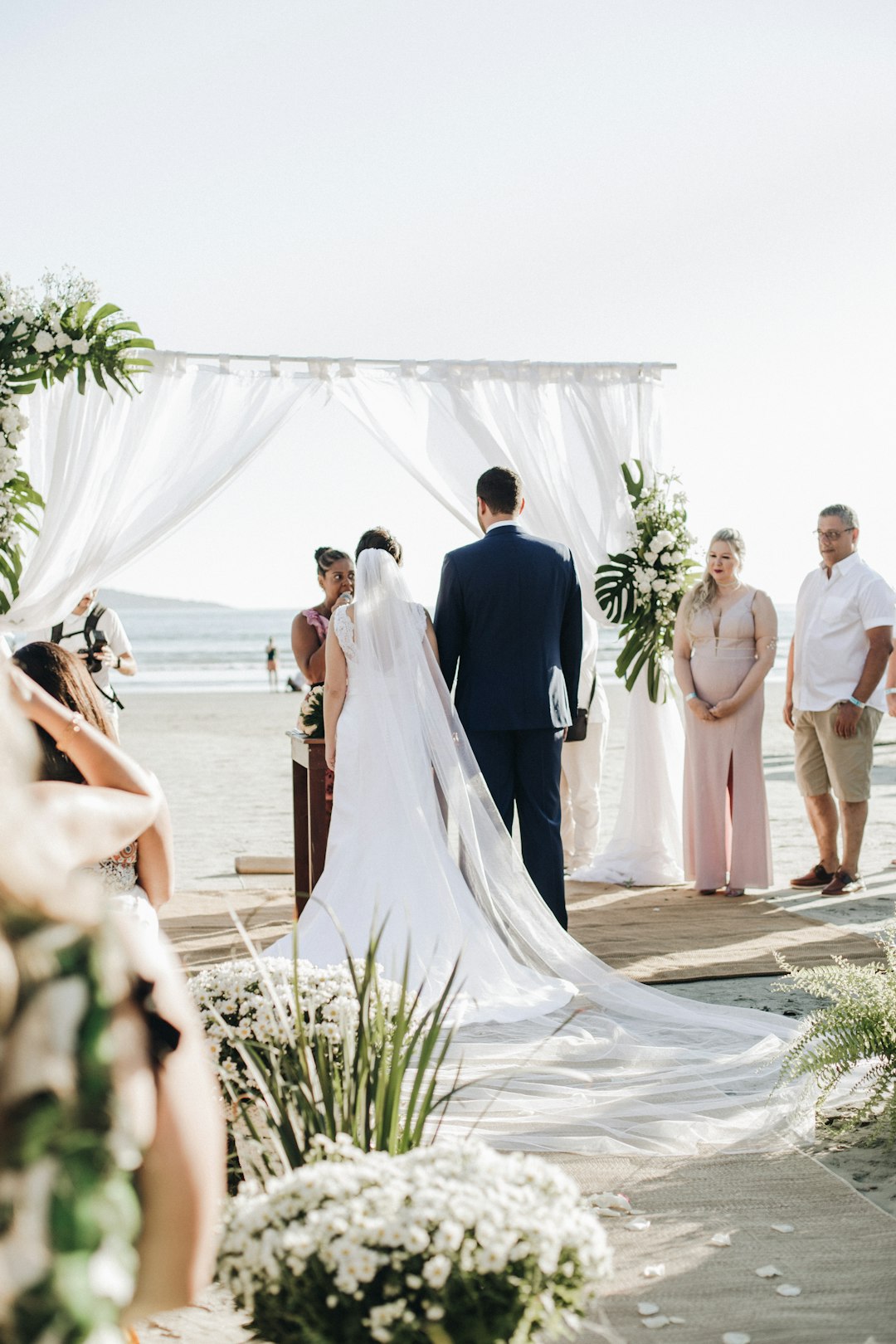Have I told you how much I love Mira Nair’s Monsoon Wedding (2001)? It gave the Hindi film industry an alternative way of portraying the Big Fat Indian Wedding, and all its non-stop accompanying tamasha. Mandir-mandap-mangalsutra. Blindingly colourful clothes. Simpering bride. Shy bridegroom. Each of these elements has been a Hindi cinema fixture through the decades, because nothing sells as well as shaadi ke ladoo, packaged with song, dance and drama.
Sooraj Barjatya’s 1994 Hum Aapke Hain Kaun was nothing but the biggest, fattest, Indian wedding till date, where each ritual, whether it was the mehendi, or the sangeet, or the joota chhupaai, became a veritable plot point. It was a huge hit and opened the floodgates for similar films. Aditya Chopra’s 1995 Dilwale Dulhaniya Le Jayenge cemented the glitz-and-glitter aesthetic amongst nostalgic NRIs. And Karan Johar raised the “dripping-with-zardozi” bar right from Kuch Kuch Hota Hai (1998) to the mother of them all, Kabhi Khushi Kabhie Gham (2001).
It was Monsoon Wedding which released the same year, that turned everything on its head. It was truly a shaadi movie with a difference. It had people you could relate to. It was good-looking but not gaudy, giving us gorgeous glimpses of a rain-soaked New Delhi. And it was not all pretty-pretty. Hypocrisies were laid bare. The show-off culture surrounding weddings that needed to be held with pomp and grandeur, was called out. The ugly face of child abuse, patriarchy. misogyny, homophobia and the fear of log kya kahenge (what will people say) was beautifully knit into Sabrina Dhawan’s script. Nair took it and ran with it.
This is her Delhi, and she knows it inside out : flourishes, accents, affectionate yet overbearing relationship grids all on full, joyous display.
The farmhouses which dot the outskirts of the Capital, and their very Punjabi Scotch-swilling denizens are portrayed with authenticity. The performances are all top-notch: Naseerudin Shah, as the irascible father of the bride who has to borrow money from his golfing pals to keep up appearances, is spot on; as is Lilette Dubey as the mother who needs to hide her cigarette-smoking in the bathroom (speaks volumes about how “society” looks down upon female smokers, even if they are well past voting age); Vasundhara Das and Pravin Dabas as the young couple trying to understand each other before tying the knot are perfect examples of new/old India which hopes that arranged matches will turn into “love marriages.” Kulbhushan Kharbanda, Rajat Kapoor, Shefali Shah, Randeep Hooda, Neha Dubey, are all memorable, and the gainda-chewing Vijay Raaz and the shy Tillotama Shome give us a winsome pair of lovers.
The wedding and the “functions” are underway, and, at the same time, skeletons come tumbling out. Will they mar the joyous occasion? Or will they clear the air, and provide much needed closure?
2001 was a great year for Hindi cinema. We’ve been celebrating 20 years of Lagaan and Gadar, two blockbusters which came out on the same day. Both were milestones, but both distinctly belong to that era. Monsoon Wedding speaks of things that need to be spoken about, out loud and always. It is timeless.

